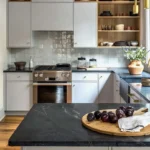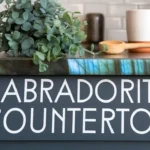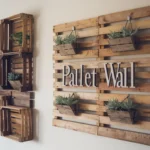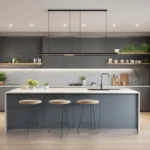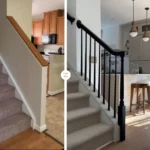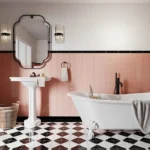Kitchen worktop paint is a cost-effective and creative way to revitalize your kitchen without replacing your countertops. With the right paint and tools, you can achieve a stylish and durable finish that mimics more expensive materials—saving both time and money on kitchen upgrades.

Content
Why Choose Kitchen Worktop Paint?
For homeowners seeking to upgrade their kitchen without major investment, kitchen worktop paint is a practical alternative to complete replacements. Traditional kitchen renovation projects can quickly escalate in cost and time, but painting existing surfaces offers a fast transformation.
This approach aligns with eco-conscious home improvement trends by reducing construction waste. It also allows greater freedom in choosing custom colors and finishes that match your existing kitchen cabinet design, enhancing overall aesthetics without large expenditures.
Additionally, for those preparing their homes for sale, a freshly painted worktop can improve buyer impressions significantly—often influencing purchasing decisions.
Best Types of Paint for Kitchen Worktops
Selecting the correct kitchen worktop paint ensures a long-lasting and attractive result. Not all paints are designed to handle the daily wear and tear of countertops. Here are the most effective options available:
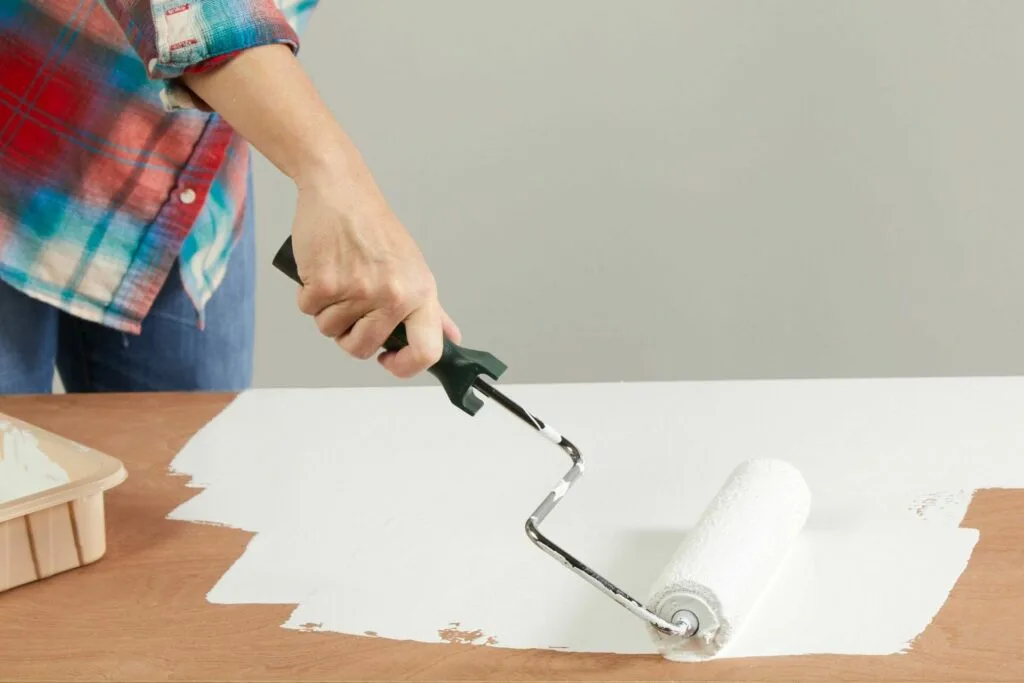
Laminate Countertop Paint
If your kitchen features laminate surfaces, laminate countertop paint is specifically formulated for optimal adherence. These paints are engineered to bind with slick surfaces and resist moisture and chipping.
Epoxy Paint
Known for its resilience, epoxy delivers a hard, glossy finish resistant to heat, scratches, and stains. It is ideal for high-use kitchens and offers a professional-grade result. It often requires mixing two components but delivers one of the most durable outcomes.
Acrylic Paint
Although less durable than epoxy, acrylic paint is beginner-friendly and dries quickly. When used in combination with a protective topcoat, it can still produce a beautiful and resistant surface, especially in low-traffic kitchens.
Choosing from these high-performing paints depends on your kitchen’s usage and the desired aesthetic outcome.
Step-by-Step Guide to Painting Your Kitchen Worktops

Preparation is Everything
Start by cleaning your countertops thoroughly using a degreasing cleaner. Any residue from oils or cleaning agents will interfere with adhesion. Lightly sand the surface using fine-grit sandpaper to promote better bonding.
Patch any chips or damaged areas with filler and let them dry fully. Mask off surrounding edges with painter’s tape to protect walls, sinks, and kitchen cabinets.
Apply the Primer
Use a bonding primer made for slick or laminated surfaces. This step is crucial for ensuring the kitchen worktop paint adheres evenly and resists peeling. Apply one or two coats, allowing each to dry according to manufacturer recommendations.
Apply the Paint
Once the primer has set, use a foam roller or synthetic brush to apply the paint. Foam rollers create a smoother finish, while brushes are excellent for corners and edges. Apply 2–3 coats depending on the coverage, drying each layer thoroughly.
Make sure to maintain even pressure and avoid over-brushing, which can leave streaks or bubbles.
Seal for Durability
After the final coat dries, seal the surface with a high-performance topcoat such as clear epoxy or polyurethane. This layer is essential for protecting the paint against water, stains, and heat.
Curing times may range from 24 to 72 hours depending on product instructions, so avoid using the countertop during this period to prevent imperfections.
Creative Design Ideas to Inspire Your Makeover
Modern interior styles call for creative approaches. With kitchen worktop paint, you can personalize your kitchen with fresh, on-trend ideas:
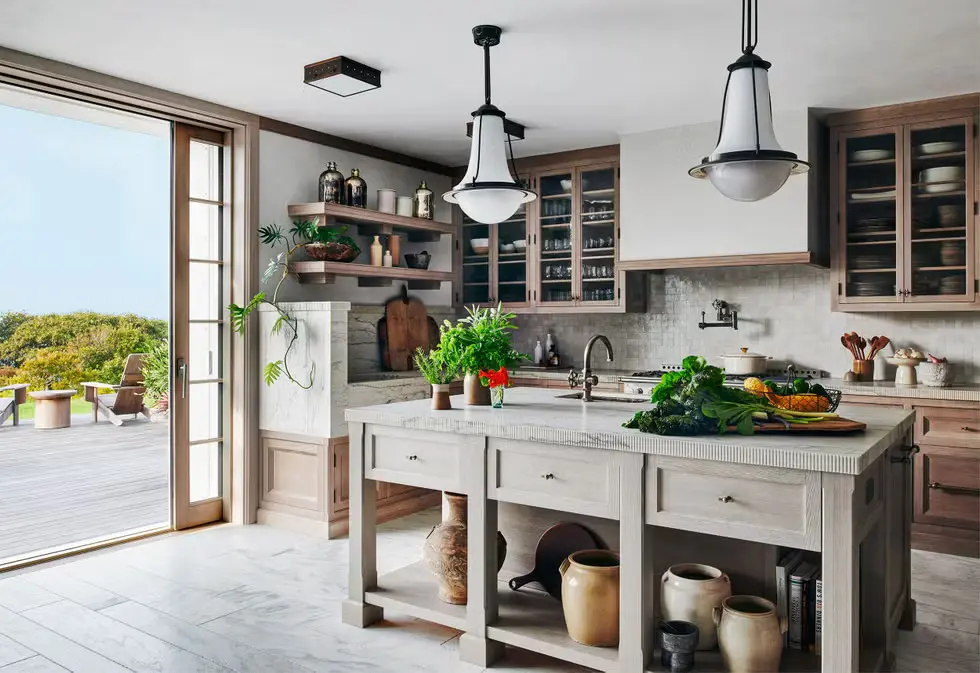
- Recreate a faux granite look using a sponge and multiple paint shades.
- For elegance, apply a marble effect using soft veining techniques.
- Combine contrasting tones on kitchen cabinets and worktops for a dramatic design.
- Experiment with bold kitchen paint colors like deep navy, forest green, or matte black for a contemporary vibe.
For best results, pair painted worktops with updated cabinet handles or backsplash tiles to complete the transformation.
Common Mistakes to Avoid When Painting Worktops
Even a small oversight can compromise your results. Avoid the following pitfalls for a longer-lasting finish:
- Failing to sand the surface properly before painting.
- Using standard wall paint instead of specialty kitchen worktop paint.
- Applying thick coats, which increase drying time and risk bubbling.
- Skipping the sealer, which leaves the surface vulnerable to damage.
Each step contributes to durability and visual appeal, so ensure every stage is done meticulously.
Maintenance Tips for Painted Kitchen Countertops
Keeping your painted worktops in excellent condition requires minimal effort. Here are some expert suggestions:
- Clean regularly using gentle, non-abrasive cleaners. Avoid harsh chemicals like bleach or ammonia.
- Always use cutting boards and trivets to prevent direct contact with blades and hot pots.
- Wipe spills quickly to prevent staining, especially from acidic substances like lemon juice.
- Reapply a clear protective coat every 12–18 months to refresh and shield the surface.
These habits extend the lifespan of your countertops and preserve their fresh appearance.
Before and After: Real-Life Kitchen Transformations
The visual impact of painted countertops can be dramatic. Consider this realistic scenario:
A dated kitchen with worn laminate surfaces and dark-stained kitchen cabinets was transformed in one weekend. Using white laminate countertop paint and soft gray cabinet paint, the homeowner created a modern, airy feel. Adding new handles and lighting cost less than $300 but looked like a premium upgrade.
This approach proves that with creativity and planning, stylish results don’t have to come with a high price tag.
Conclusion
Using kitchen worktop paint offers an efficient, cost-saving way to enhance your kitchen’s appeal and functionality. This DIY-friendly method requires minimal tools and experience, yet delivers high-impact results. With proper prep, the right materials, and maintenance, painted worktops can transform your kitchen into a stylish, refreshed space.
Whether planning a quick update or a full budget kitchen renovation, painting your countertops provides lasting beauty without the typical renovation expense. Follow the guidance provided, avoid common errors, and enjoy a practical, attractive upgrade that adds value to your home.
Frequently Asked Questions
What paint is best for kitchen worktops?
Epoxy and laminate countertop paint are most suitable due to their durability and resistance to water, stains, and daily wear.
Can you paint over laminate countertops?
Yes, with proper sanding, priming, and the right type of kitchen worktop paint, you can achieve excellent results over laminate surfaces.
How long does painted countertop last?
Properly sealed and maintained painted countertops can last between 3 to 5 years or more, depending on use and care.

Elena Mohr is a dedicated home blogger who has been blogging for over six years. She covers everything home related. Elena also loves writing posts about her travels to Europe with her husband and two children.
